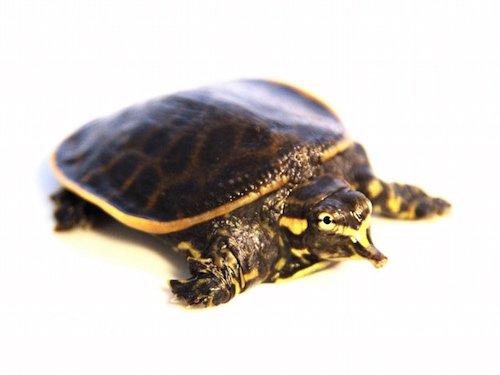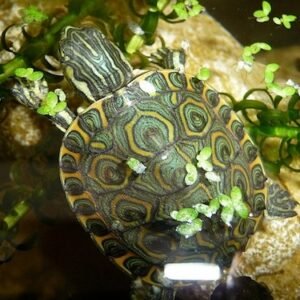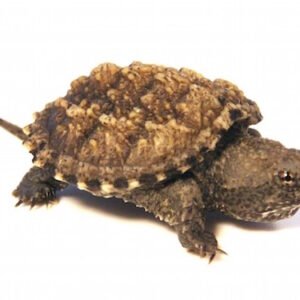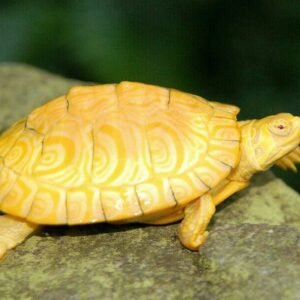Overview of the Florida Softshell Turtle
The Florida softshell turtle, scientifically known as Apalone ferox, is a distinct member of the family Trionychidae, characterized by its unique physical and behavioral traits. This freshwater species is primarily found in aquatic environments across the state of Florida, including rivers, lakes, and ponds. The Florida softshell turtle is notable for its flattened shell, which can reach an impressive size of up to 28 inches in length, making it one of the largest softshell turtles in North America. Its elongated neck and pointed snout further distinguish it from other turtle species, enabling it to easily extend its head above water while foraging for food.
Physical characteristics of the Florida softshell turtle include a soft, leathery shell that lacks the hard scutes typical of many other turtles. This adaptation aids in their life in the water, allowing for greater flexibility and maneuverability. Their coloration often varies from olive green to dark brown, providing excellent camouflage against the muddy riverbeds and aquatic vegetation in their habitats. The underside is typically a lighter shade, helping them blend in with the sunlit waters above. As opportunistic feeders, these turtles primarily consume a diet of aquatic invertebrates, fish, and crustaceans, utilizing their keen eyesight and swift movements to capture prey.
Behaviorally, the Florida softshell turtle exhibits a range of fascinating adaptations. They are known to bask on logs and riverbanks to regulate their body temperature while remaining vigilant for potential threats. Their ability to stay submerged for extended periods, thanks to their specialized respiratory system, aids in avoiding both predators and overheating. Overall, understanding the biological and ecological aspects of the Florida softshell turtle is essential for effective conservation efforts, as this unique species plays a vital role in maintaining the balance of freshwater ecosystems throughout Florida.
Conservation Status and Challenges Facing the Florida Softshell Turtle
The Florida softshell turtle (Apalone ferox) is facing numerous challenges that threaten its survival and overall conservation status. Currently classified as a species of concern, these turtles are increasingly susceptible to various environmental stresses. One of the primary threats to their populations is habitat loss, largely attributed to urban development, agriculture, and dam construction, which disrupts their natural aquatic habitats. Wetlands and freshwater systems, crucial for their reproduction and survival, are diminishing, making it imperative to preserve these ecosystems.
Additionally, pollution poses a significant risk to the Florida softshell turtle. Contaminants entering freshwater systems can lead to declines in their health and reproduction rates. Heavy metals, pesticides, and plastic waste can accumulate in their bodies, adversely affecting their physiology and making them susceptible to diseases. This situation emphasizes the need for stricter regulations concerning waste management and chemical usage in areas surrounding their habitats.
Another pressing issue is the impact of climate change, which can alter water temperatures and rainfall patterns, leading to further habitat degradation. As temperatures rise, the availability of suitable habitats for these turtles may decline, affecting their distribution and populations. Conservation efforts are vital to mitigate these challenges, and protective regulations have been established to support their preservation, including designated protected areas and strict guidelines on hunting.
Community involvement is also crucial in these conservation efforts. Educational initiatives can raise awareness about the plight of the Florida softshell turtle, encouraging local stewardship. Individuals can help by participating in clean-up efforts in aquatic environments and supporting legislation aimed at conservation. By fostering a collaborative approach, both governmental and community initiatives can make strides in protecting this unique species and ensure its survival for future generations. In conclusion, the Florida softshell turtle’s conservation efforts require collective action to address the multifaceted challenges it faces in its native ecosystems.





